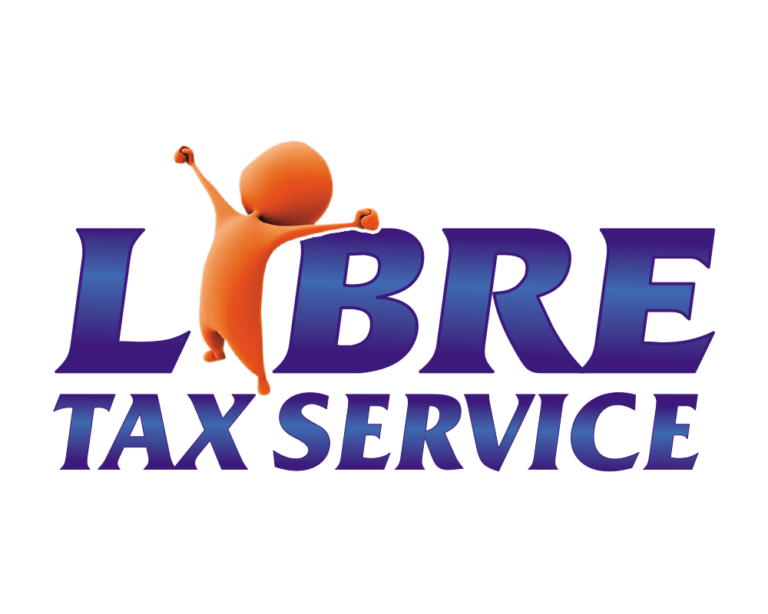
The Federal Revenue Service said today that taxpayers now have the choice to submit their paperwork online through IRS.gov if they receive certain notices requesting that they send the IRS documents.
By using this new, safe step instead of mailing in documents, taxpayers and their tax advisor can save time and effort when addressing tax problems.
Nine alerts are going to be accessible for this feature at this point in the continuing effort. More than 500,000 taxpayers who receive these notices each year, including military members operating in combat zones and beneficiaries of significant benefits like the Earned Income Tax Credit and Child Tax Credit, may benefit from this.
IRS Acting Commissioner Doug O’Donnell remarked, “This capacity is another step forward by the IRS to benefit taxpayers and improve service.” “Taxpayers gain right away from this since they can almost immediately confirm that the IRS has received their documentation. As a result, the resolution of problems will go along much more quickly because a time-consuming phase has been eliminated. This implies that people’s problems can be resolved considerably more quickly, including the delivery of reimbursements to impacted taxpayers. In our ongoing efforts to change the IRS in the wake of the Inflation Reduction Act’s enactment last year, we’ll keep an eye out for innovations like these.”
Taxpayers who get one of nine IRS letters will initially have access to the online correspondence function. The IRS typically sends these notices to individual taxpayers who are claiming a variety of tax benefits, including the Earned Income Tax Credit for low- and moderate-income workers, the Child Tax Credit for families with dependent children, the Premium Tax Credit for people who buy health insurance through the Health Insurance Marketplace, and military personnel claiming combat zone tax benefits.
Regardless of having an IRS Online Account, taxpayers who receive these notices can safely reply to the IRS online.
IRS created the Document Upload Tool.
In 2021, information technology professionals from the IRS created a prototype of the Document Upload Tool. Since then, the IRS has been putting this capability to the test on a small sample of exam-related notices, and 38% of the responses to these notices have been sent via secure electronic communications instead of postal mail.
How it works
“Send us your documentation using the Documentation Upload Tool within 30 days of the date of this notification,” the notice’s language directs the taxpayer to do. It contains the link as well as a special access code.
- Input required fields include the taxpayer’s individual code, first and last names, Social Security, Individual Taxpayer Identification Number, or Employee Identity Number after clicking the link in any browser.
- The taxpayer can then safely upload document scans, snap shots, or digital copies (maximum of 15MB per file, up to 40 files).
- The IRS notifies the taxpayer that it has received their documents, and the IRS agent assigned to the case can manage the sent files.
Which notices are eligible?
Taxpayers may choose to upload their records if they get one of the following notices with the link and access code:
- CP04, relating to combat zone status.
- CP05A, information request related to a refund.
- CP06 and CP06A, relating to the Premium Tax Credit.
- CP08, relating to the Child Tax Credit.
- CP09, relating to claiming the Earned Income Tax Credit.
- CP75, relating to the EITC.
- CP75a, relating to the EITC.
- CP75d, relating to the EITC and other credits.
Further growth is projected
The IRS intends to extend similar functionality to hundreds of more letters in the upcoming months and years. The IRS will also provide digital correspondence on numerous other taxpayer exchanges. IRS representatives will have the ability to grant upload access by providing the link and special access code during live contacts with taxpayers, such as phone conversations.
Everyone benefits from secure digital correspondence.
This new function lessens the burden of contact for taxpayers and tax professionals interacting with the IRS, guarantees tax compliance, and enhances the client experience. This reduces the amount of paper correspondence for IRS workers, shortens the processing time, and expedites case settlement.
(Source Credit: This article was originally published by irs.gov: news on February 16th, 2023.)


